We’ve been following chef David Tanis over the years and wondering how he pulls it all off; after heading up the kitchen at Chez Panisse, he made an arrangement with Alice Waters that allowed him to work half time in the Berkeley, California, restaurant and live half time in Paris, where he ran an under-the-radar supper club called Aux Chiens Lunatiques with Randal Breski, his partner, the former maître d’ at Chez Panisse.
These days, the two live in a two-room garden flat in the East Village (they bought it from their friends, artists Bruce Nauman and Susan Rothenberg, who occupy the upper levels of the townhouse), and David writes the weekly City Kitchen column for the New York Times and produces cookbooks. His latest, David Tanis Market Cooking, is a beautifully photographed exploration of “how to be more discerning in the market and freer in the kitchen.”
One Saturday last fall, we dropped by to poke around his kitchen, ask a few questions, and admire his low-key approach to cooking and entertaining.
Photography and styling by Heidi’s Bridge for Remodelista.
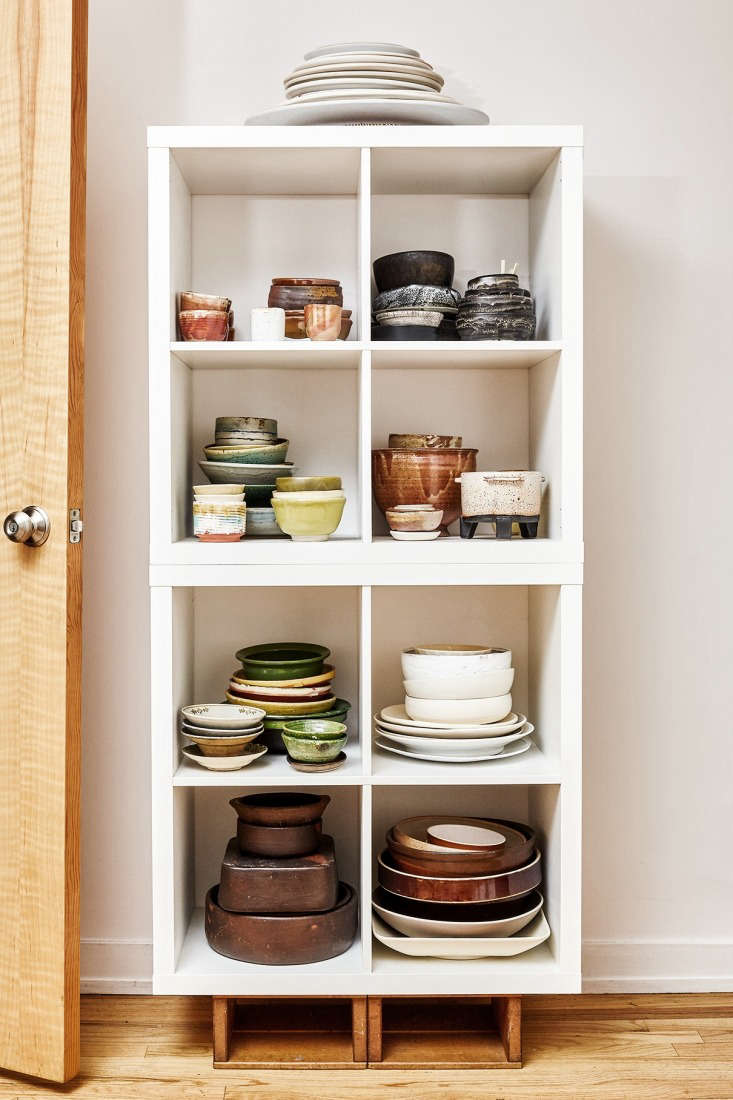
Remodelista: What do you love most about your kitchen and living space?
David Tanis: The two rooms are 20-by-20-foot each, so there’s room for guests to gather in the kitchen for drinks, although we usually dine in our main room, what we call the West Wing, for dinner parties. Casual dinner in the kitchen is on stools, maximum four people. The island is on wheels and easy to move, which is great for opening up the space when needed.
RM: How do you use scent in the home? Smudge sticks and incense, et cetera? Is that for covering up cooking smells? (A Frenchwoman once told me she burns incense when she cooks fish.)
DT: I like to burn incense on the “veranda,” the exterior stairway entrance to our apartment, to mask traffic fumes, especially when guests are coming.

DT: Our Paris kitchen was minuscule. Living with a small, under-counter fridge was really no problem except when we had t0 store food for big parties, in which case we used a large picnic cooler. But even with the tiny kitchen we managed to cook a Thanksgiving dinner for 45 expats one year. So when we moved to New York, we adopted the under-counter fridge once again (although we do have a mid-size fridge in the cellar where we chill wine and store bulky stuff). We usually shop at the farmer’s market four days a week, but there always seems to be something needed daily from some other source, like the butcher, fishmonger, and supermarket.

RM: Kitchen appliance/gadget you think is absurd and unnecessary?
DT: I’m really a mortar and pestle person—you saw my collection. I avoid using electric appliances, if at all possible. An electric spice mill can be handy, though, and a blender is useful. Why anyone would use a garlic press is baffling.

DT: It’s also where I go for Asian ingredients—Chinatown is a ten-minute walk. I love Dual Spices on First Avenue at Sixth Street for spices and Indian specialties.


DT: I have a lot of Japanese knives. Generally I prefer carbon steel.


RM: Any takeaways from professional kitchen design that homeowners should know about?
DT: Ideally a kitchen should have a separate area for dishwashing, but it’s not possible in this small two-room flat.


(For more low-tech tools, see 10 Easy Pieces: Editors’ Favorite Hand-Operated Kitchen Tools.)





See more soulful kitchens with a Northern California vibe at:
- Kitchen of the Week: Aya Brackett’s Hippie House Update in Oakland
- A Berkeley Kitchen Tour with Alice Waters and Fanny Singer
N.B.: This post is an update; the original story ran on November 13, 2017.
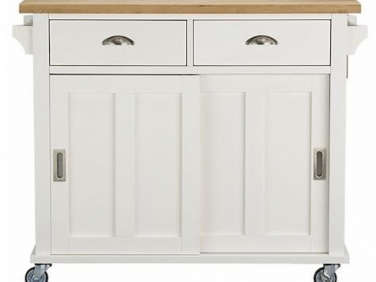
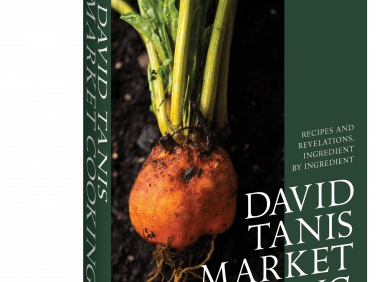
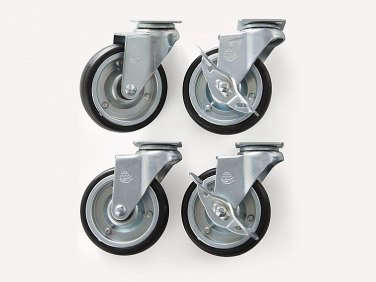
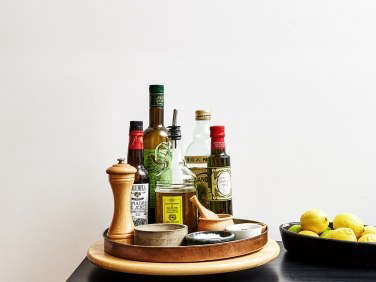
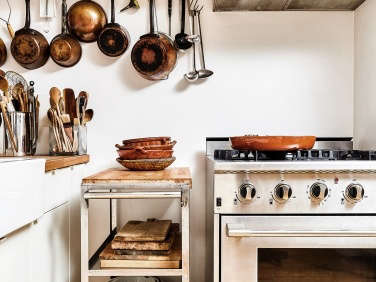
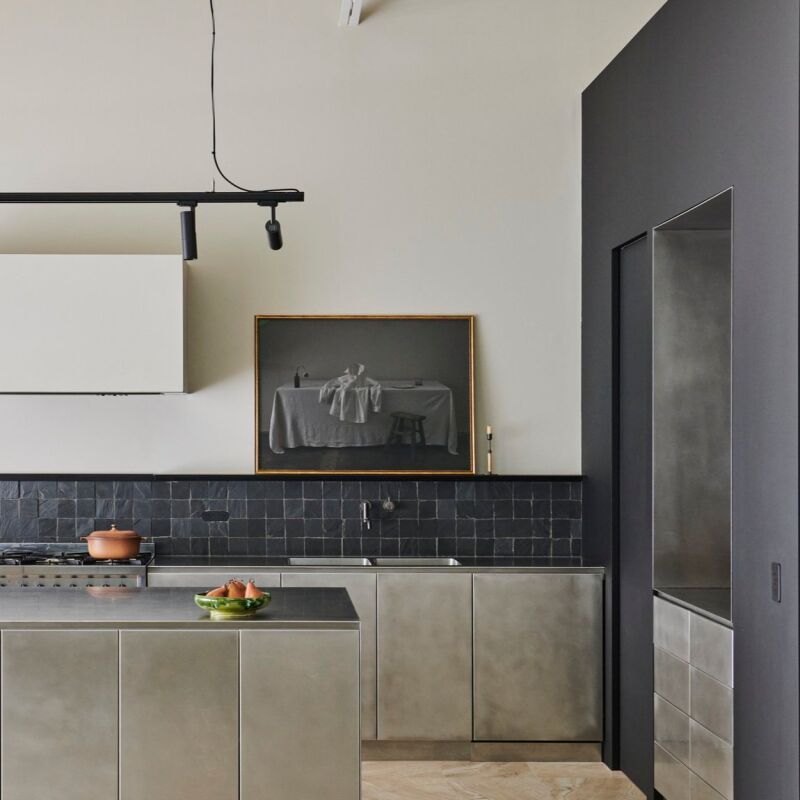

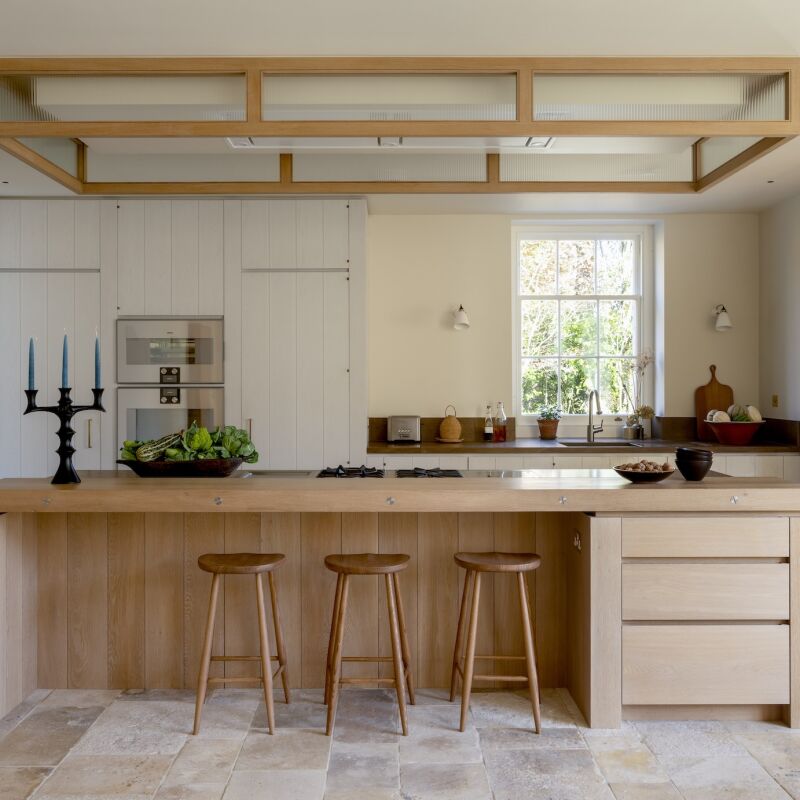

Have a Question or Comment About This Post?
Join the conversation (1)